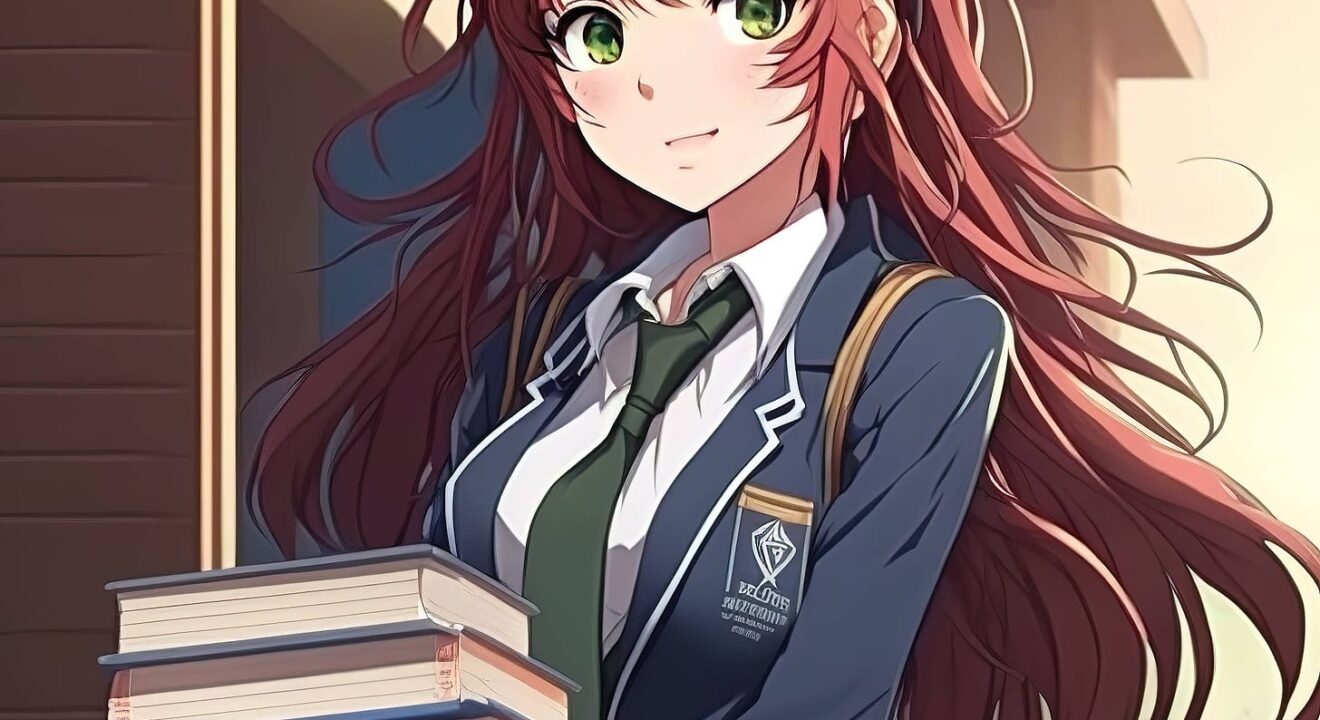As avid readers, many of us have become accustomed to devouring novels and novellas. We love the way a splendid book can transport us to another world and connect us with deeply developed characters and storylines. But what about the many stories told through shorter pieces, such as flash fiction, short stories, and essays? It’s true that when first delving into shorter formats, it may take some adjusting to appreciate the unique skills required of a reader. But with a little guidance and an open mind, readers can learn to love the unique strengths of these compact literary pieces.
One major key to appreciating shorter formats is understanding their value for concision. A short piece forces the writer to be efficient, homing in on just one or two themes or ideas. The results can be incredibly powerful, as it allows the writer to pack a punch in just a few pages, leaving a memorable impact on the reader. Keep an open mind about shorter formats and let the writer’s passion captivate you.
One of the best things about shorter formats is their ability to extensively explore a single idea. Novels are capable of various subplots and story arcs, while a short story will usually focus on just one. Readers can analyze a character’s emotions and experiences in-depth through shorter formats. As a reader, this requires you to pay close attention to minor details, as they are essential in building a complete picture of the story.
Another skill that develops over time with reading shorter pieces is the ability to pick up subtle emotional cues from the text. Skilled writers use language purposefully to evoke emotions and set the tone for their stories. Practicing emotional intelligence helps you appreciate the writer’s work more deeply.
The shorter format allows for reader interpretation and connecting different information. Narratives that do not show every little detail but are written with more subtlety can enable a reader to imagine what they are reading more vividly than perhaps a more detailed long format story. Recognizing literary devices helps readers understand the author’s intentions and worldview.
Changing from reading novels to shorter formats can initially be a bit jarring. By embracing shorter formats, readers can gain new skills and see literature differently. Readers find shorter formats rewarding because they can convey powerful emotions and explore new themes. Explore short stories, essays, and other similar pieces to experience powerful emotions and discover new themes. So, check out some short stories, essays, or other similar pieces- you’ll never know what a powerful piece awaits you!
Check out our Post about the Re-Publishing of JSDs 1-4 in 2024 through 2025
Read The E-JSD in the Substack app
Available for iOS and Android
Click Here To Go To E-JSD.


